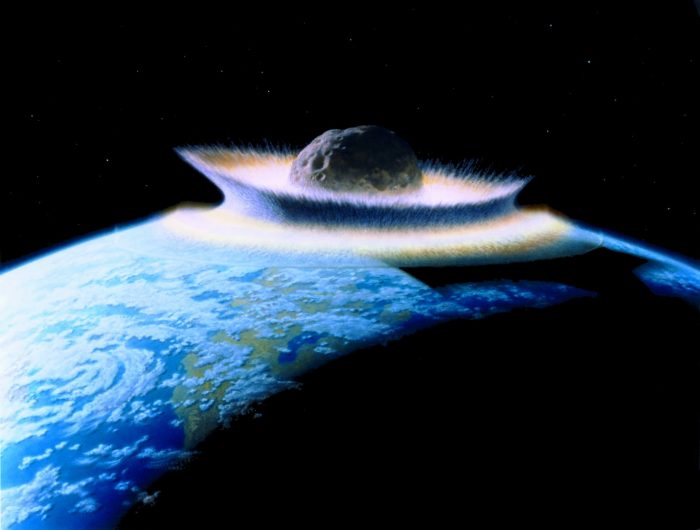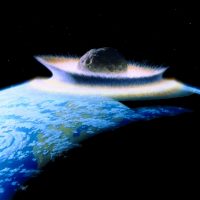Hundreds of small asteroids enter the atmosphere each day, but we never notice them. Almost all of these threats disintegrate from heat and pressure. However, how about the larger asteroids that pose a threat to human society? If these larger asteroids are able to pass through the atmosphere, they are almost unstoppable. Although planetary defense mechanisms exist, most are not able to prevent collisions at such close range. As a result, allowing the asteroid to complete its goal of destruction.
Fortunately, asteroids that even pose a threat to earth is extremely rare. Even so, asteroids of smaller magnitude wouldn’t even be a big deal if they came into contact uninhabited areas. For example, a visualization from an Asteroid Collision Simulation shows that a small asteroid of 10 meters wide hitting wilderness would result in no effect to humans or animals. Furthermore, the wideness of space makes it near impossible for an asteroid to even strike us. However, even with the rare chance of disaster, space agencies around the globe are preparing for the worst. For example, an American Space Agency named NASA is developing a program called DART. This program is meant to be a planetary defense mechanism to defend earth from meteors that would cause damage or extinction.
Now, one might think be thinking how does this planetary defense mechanism work? NASA claims that the kinetic energy of a spacecraft hitting an asteroid will cause its path of collision to change. If the asteroid is far enough away, even a slight change in course will stop it from coming near or into contact with earth.
DART will be tested near late September 2022. DART will be launched by a Falcon 9 Rocket and will be powered by solar panels. When this asteroid defense spacecraft is in space it will benefit from new ION Engine Technology. The outcome of the experiment will be determined by ground based mechanisms that will measure the change in course of the asteroid. Let’s hope that the launch and operation is successful!
However, what if all precautions fail? How do we determine whether an incoming asteroid will cause extinction or just a crater in earth. For the most part, large asteroids would throw up so much ash and dust into the atmosphere that would block the sun. As a result, the world would be plunged into the ice age and plants and animals would not be able to get the nutrition they require. Furthermore, the death of animals and plants makes food extremely scarce, resulting in humans not be able to obtain correct nutrition. For example, the #1 theory for the extinction of the dinosaurs says that dinosaurs far away from the initial impact point were affected because of dust and ash revoking nutrition to animals and dinosaurs. Because of this, a ripple effect occurred causing almost all animals/dinosaurs to go extinct.
Although we are able to make an uneducated guess and the damage that asteroids will make, it is better to use outside sources that have researched the topic. For example, if you would like to simulate and visualize the damages and outcomes of an asteroid, one would recommend using an asteroid collision simulator. Additionally, the damage that a meteor will create also depends on the angle of attack, collision surface, etc. An asteroid that collides near or in water will cause massive tsunamis that will wipe out coastal towns and life.
Overall, the chances of a devastating asteroid collision is near zero. Additionally, several advanced planetary defense mechanisms make it even harder for a devastating asteroid to go without notice. In this modern day and age, thousands of people are motivated to solve the worlds greatest risks and problems. Even though a risk still exist, normal individuals like you and me shouldn’t worry.
 Share on bsky
Share on bsky




Read 4 comments and reply